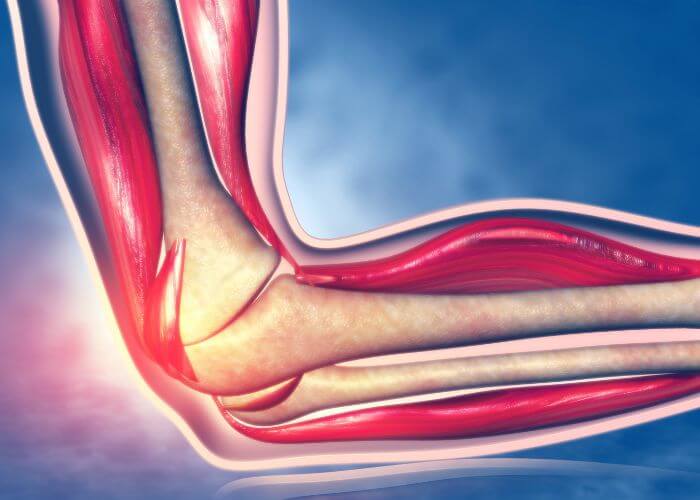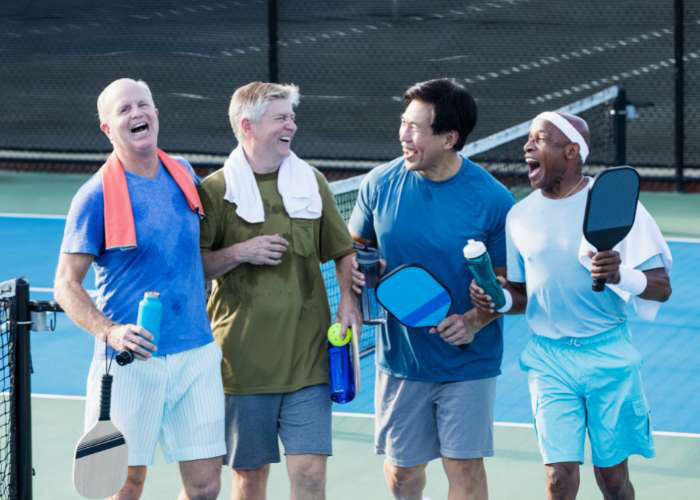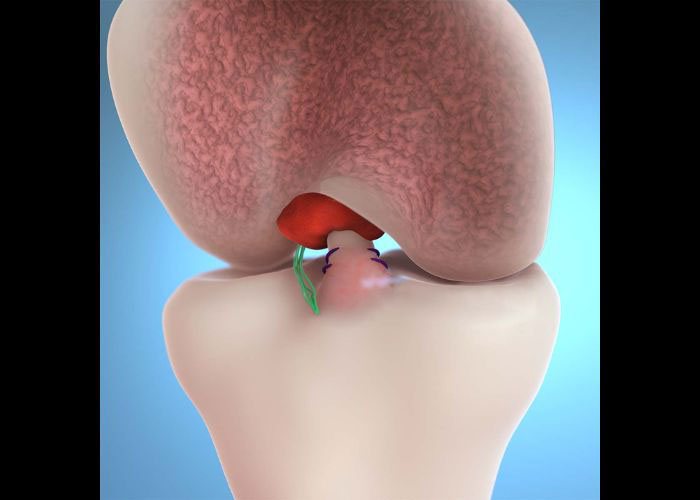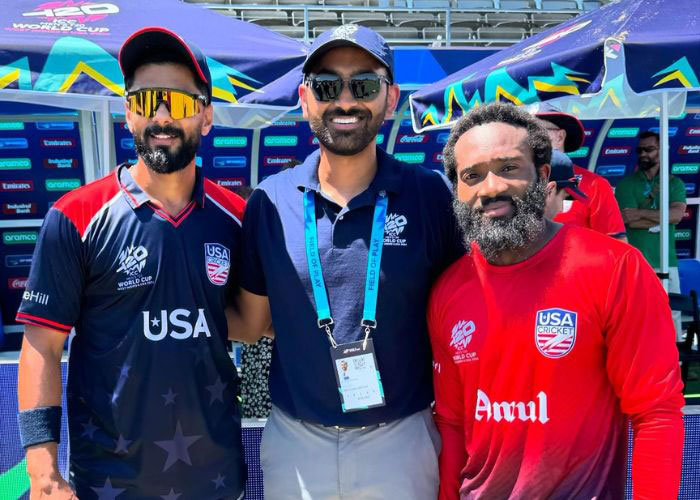What is an elbow lateral collateral ligament (LCL) injury?
The lateral collateral ligament (LCL) is one of four major ligaments associated with the elbow joint. Not to be confused with the knee ligament of the same name, the lateral collateral ligament can also refer to the radial collateral ligament (RCL) within the elbow joint. The LCL has an integral role in stabilizing the elbow joint as well as contributing to the elbow’s range of motion. When this ligament is damaged, it can lead to elbow instability. An LCL injury is commonly the result of falling onto an outstretched hand but can also occur from an elbow joint dislocation. Athletes are the most susceptible to injuring the LCL; however, non-athletic individuals can also sustain an LCL injury.

What is the treatment for a lateral collateral ligament (LCL) injury in the elbow?
The majority of lateral collateral ligament (LCL) elbow injuries respond well to treatment with non-surgical therapies. Initial treatment may include applying a splint for a short period of time to immobilize the elbow joint. A combination of rest, ice, and non-steroidal anti-inflammatory medications (NSAIDs) is also utilized to alleviate any discomfort or swelling. Although rare, surgical intervention may be necessary for patients with severe LCL injuries or failed treatment with non-surgical therapies. The goal of surgically repairing or reconstructing the lateral collateral ligament is to restabilize the elbow joint to restore function. Dr. Ronak Mukesh Patel, orthopedic elbow doctor, treats patients in Sugar Land, Pearland, and the Houston, Texas area, who have experienced a lateral collateral ligament injury and are in need of surgical reconstruction.
How is an elbow lateral collateral ligament repair performed?
A lateral collateral ligament (LCL) repair is an open surgery that is performed under anesthesia. The patient is positioned lying on their back (supine) with the affected elbow resting on an arm support. When stabilized, an incision is created along the lateral elbow that is slightly larger than the incisions used in arthroscopic procedures. The larger incision allows Dr. Patel to visualize the surrounding elbow structures while completing the necessary repairs. Dr. Patel uses a specific method to repair the LCL. This technique utilizes a tendon graft, either from the patient (autograft) or donor tissue (allograft), to provide a surface for new tissue to develop. Dr. Patel creates a small bone tunnel through the distal humerus and the proximal ulna near the attachment points of the native LCL. Sutures are then attached to the new ligament and passed through the bone tunnels to fasten in place. It is important that the new ligament be situated as close to the original ligament as possible for the best surgical outcome.
What is the recovery period like after an elbow LCL repair?
The patient’s age, specific injury, medical history, activity level, and desired recovery goals can determine the recovery period following a lateral collateral ligament (LCL) repair. The majority of patients can expect a full recovery with a return to normal daily and athletic activities in approximately 3 to 4 months. The recovery timeline, however, is greatly impacted by the patient’s willingness to comply with post-operative care instructions. In general, patients in Sugar Land, Pearland, and the Houston, Texas area can expect the following:
- A lateral collateral ligament repair is often performed as an outpatient procedure; so, most patients are discharged within 1 to 2 hours after surgery.
- Immediately following surgery, a splint is applied to immobilize the elbow for approximately 1 week. This splint is replaced with a hinged elbow brace that allows for more independent elbow movement. The hinged elbow brace remains in place for 4 to 6 weeks.
- The key to a successful recovery after lateral collateral ligament repair is active participation and completion of the designated physical rehabilitation program. Passive physical therapy typically begins 1 week after surgery and gradually progresses throughout the remainder of the recovery period.
- Working with the physical therapy team and carefully following instructions greatly improves the success of an LCL repair.
Elbow Ligament Surgeon

Have you experienced instability in the elbow joint? The LCL is an integral ligament which provides stability and increases the elbow’s range of motion. Damage to this ligament can often be treated conservatively however, more severe injuries may require surgery. Complex elbow surgeon, Doctor Ronak Mukesh Patel, provides diagnosis and personalized treatment plans for patients in Houston, Sugar Land, and Pearland, TX who have suffered an elbow injury. Contact Dr. Patel’s team today!








